There’s much of interest in this 9 minute video documenting mezcal production in Zapotitlan beyond the classic romanticism of the people and landscape of Mexico and mezcal.
The mezcal maker Don Macario Partida Ramos’ discussion of the local agave is particularly interesting. He claims that 26 types of agave grow in the area, 12 on his land, and describes naming varieties after local ranches. That gives you a good sense of how difficult it can be to exactly define the source agave for some mezcals since many producers use different names or spellings for the same variety. It also gives hope that there are many more agave sources spread across Mexico that might alleviate the much discussed impending shortage of wild agaves in Oaxaca.
The shots of driving through the agave fields give a great sense of its cultivation in Mexico. Amidst rows of well ordered plants you’ll also see tall cacti and trees. This is not unusual: Frequently in Oaxaca and specifically in this case Zapotitlan, you find a more casual approach to cultivation than the perfect rows of plants devoid of any non-salable produce. The shots also reinforce the system of integrated farming in these areas; generally beans, gourds and other crops are planted around rows of agave.
There’s also a fascinating picture of their distilling operation. The still is something we haven’t seen before and would love to investigate further. It’s described as of pre-Hispanic even though we’ve only ever heard that distilling arrived with the Spanish so that’s a point that bears some skepticism and further research.
Miguel Partida Rivera gives great insight into how some mezcal makers think about the relationship between of mezcal’s taste and alcohol level. He claims that authentic mezcal has to be above 45-47%. Below that it’s “water..with a taste of Maguey but with low quality,” which is a very traditional perspective in strong contrast with some new entries in the American marketplace like Wahaka which has consciously lowered the alcohol content in its entry level mezcal in order to make it more accessible to this market.

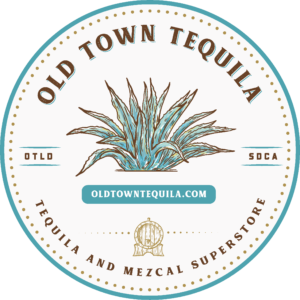
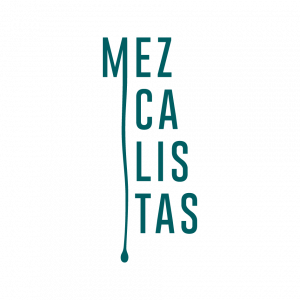
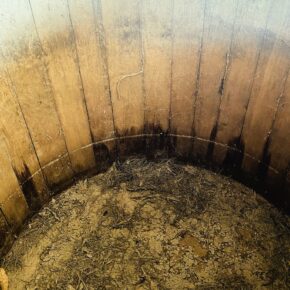
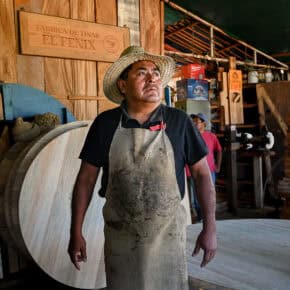
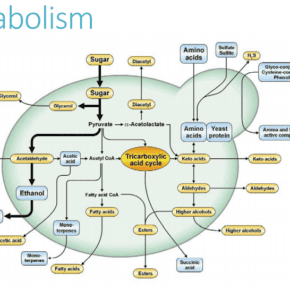









Leave a Comment